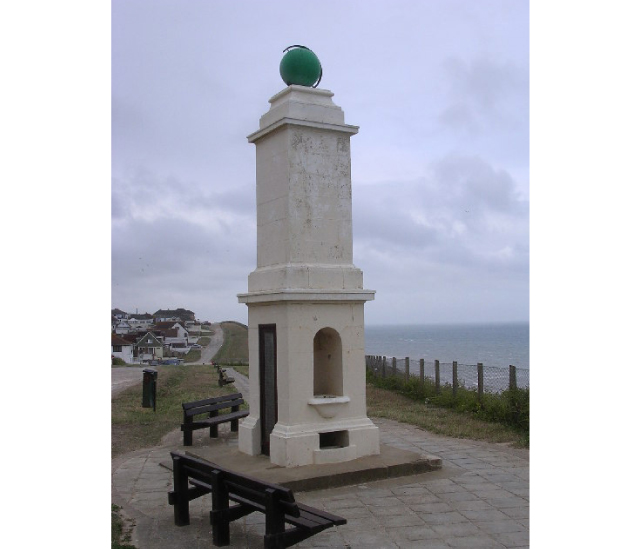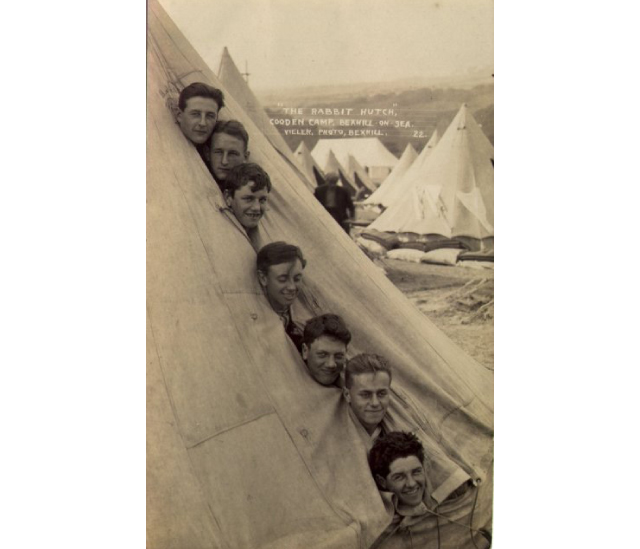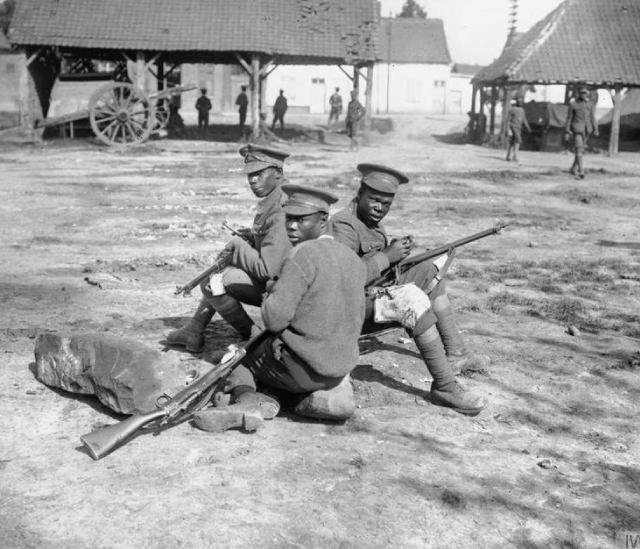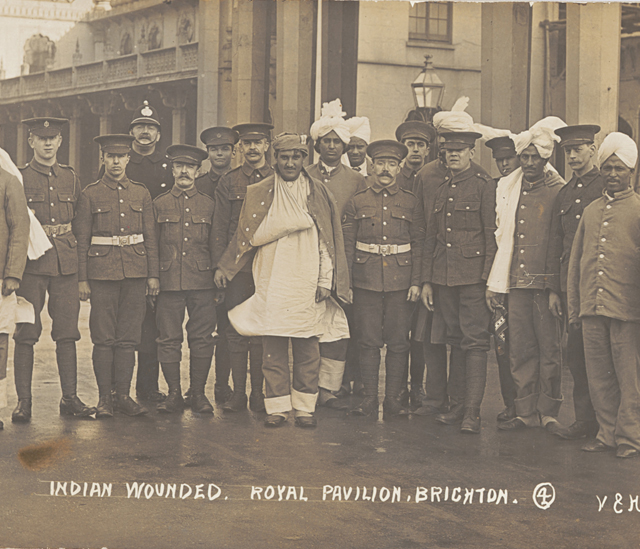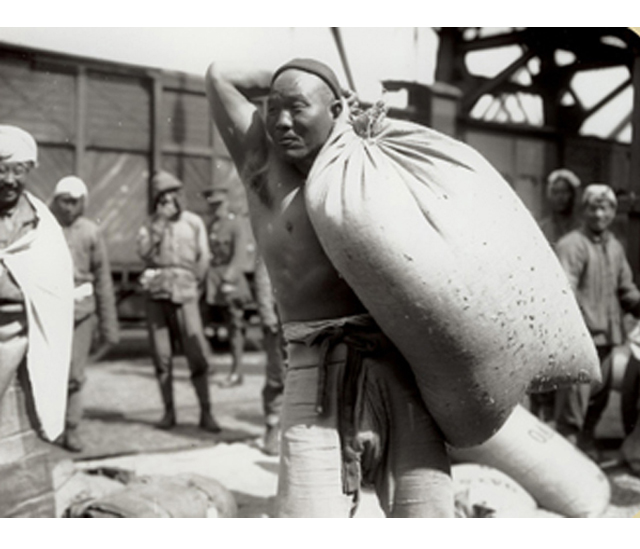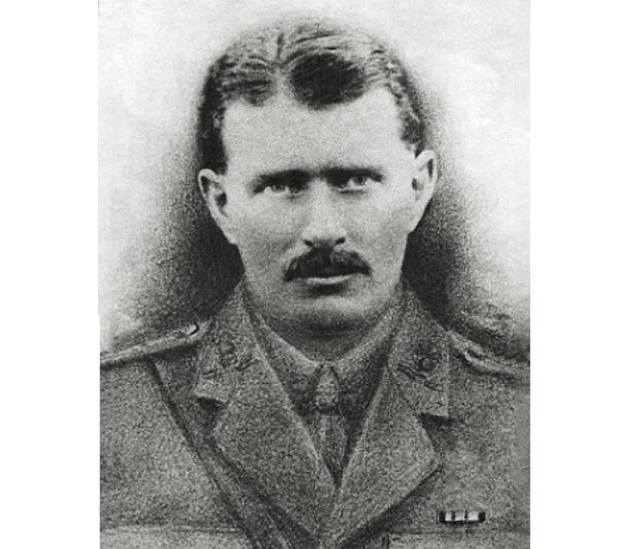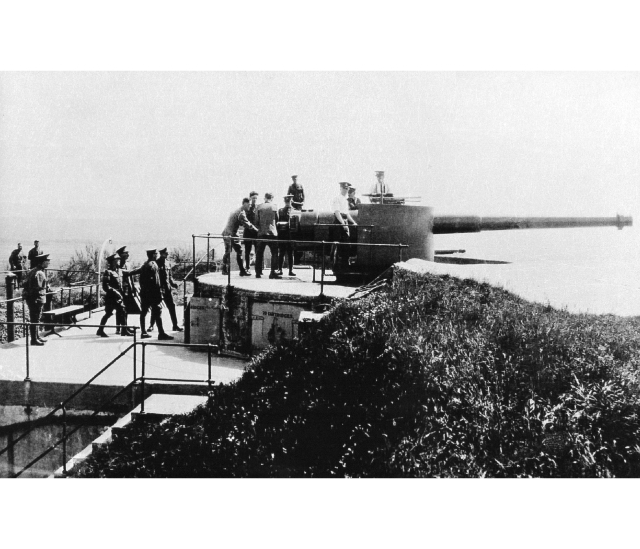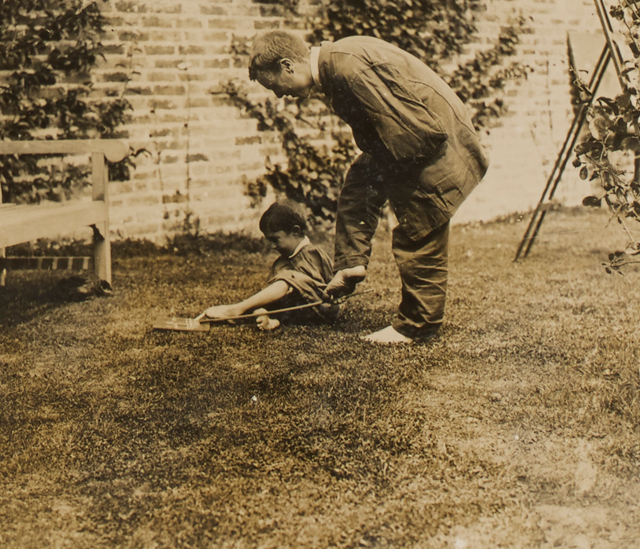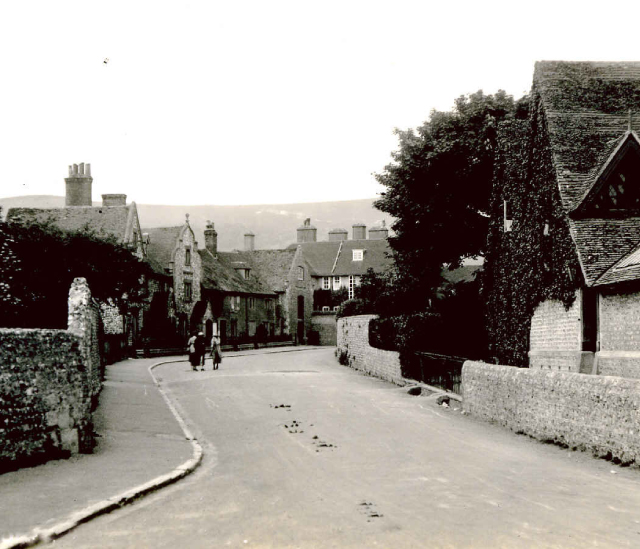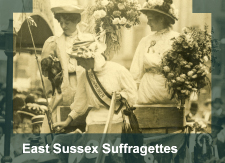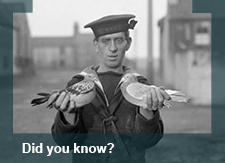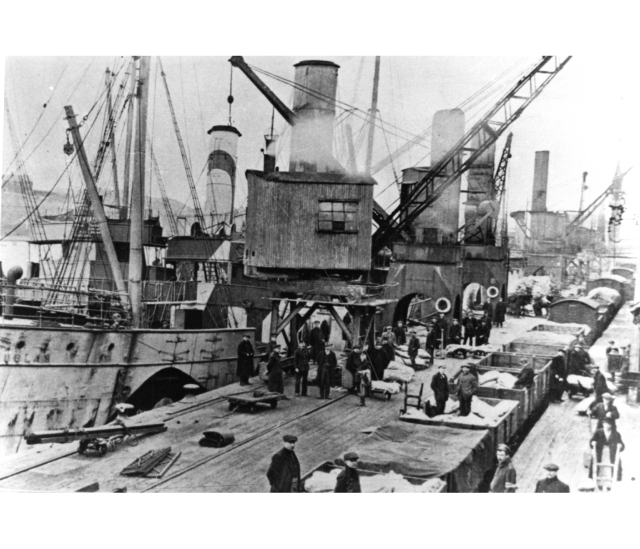
Newhaven Port
The following information is for teachers to utilise in planning classroom activities. During the First World War, the port of Newhaven was key to supplying the British Army in France and Belgium. Before the outbreak of the First World War, Newhaven was a key point in travel between Britain and Europe. Newhaven was the departure […]

